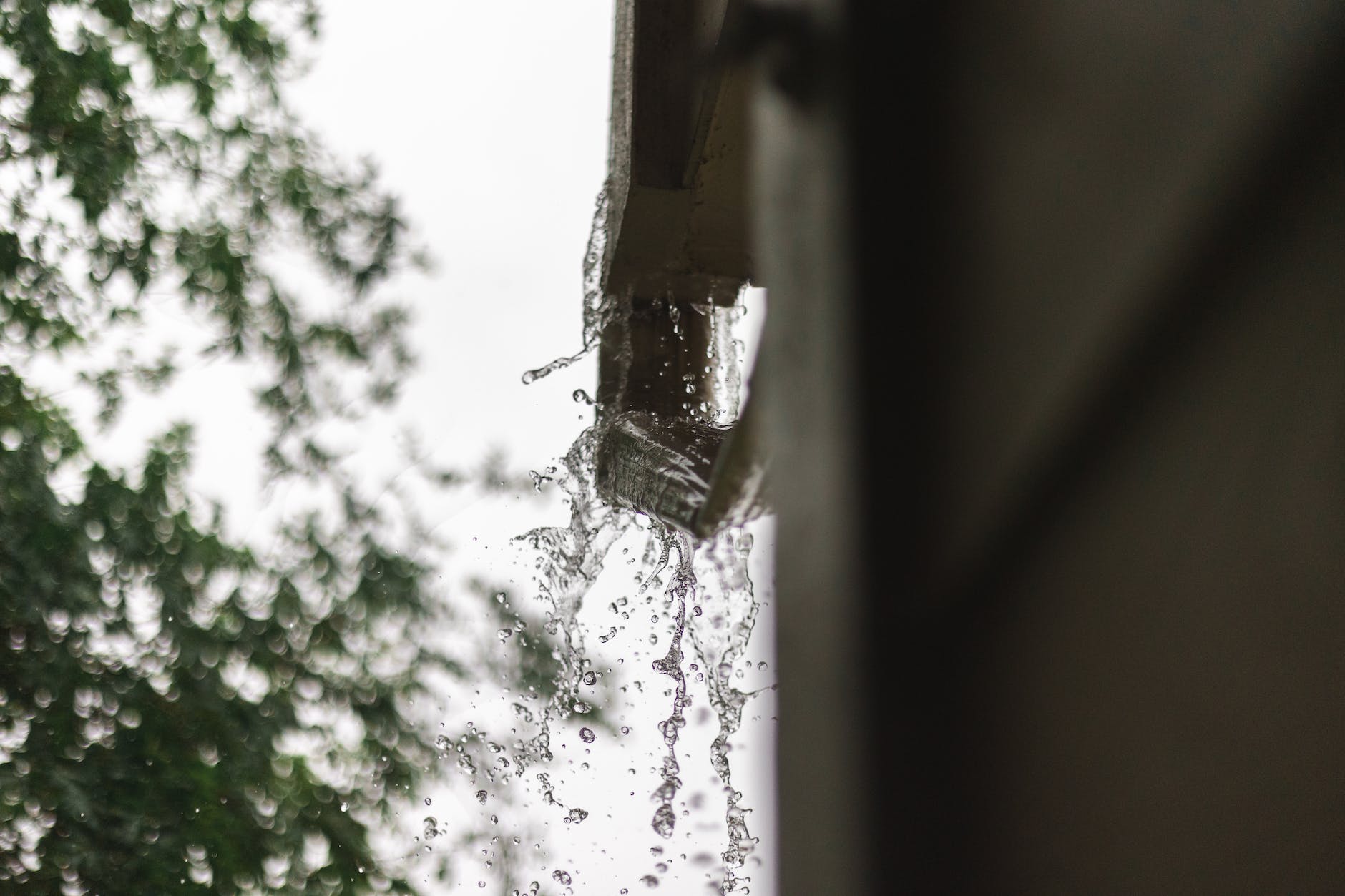How to cut copper gutters ? Cutting copper gutters requires precision and the right tools to ensure a clean and accurate result. Begin by measuring and marking the gutter section you need, taking into account any additional length for overlaps or joints. For straight cuts, use a hacksaw with fine teeth and a straightedge or a miter box for angled cuts. Secure the gutter in place to prevent movement and make steady, controlled cuts along the marked lines.
When dealing with mitered corners, measure and mark the angles accurately, securing the gutter in a miter box for precise cuts. For curved sections, mark the curve and make small, controlled cuts with the hacksaw. Always prioritize safety by wearing gloves and safety glasses and securing the gutter firmly during cutting. After cutting, use a file or sandpaper to remove any burrs or sharp edges. Practice on scrap pieces if you’re new to cutting copper gutters before tackling the actual installation.
Essential Tools for Cutting Copper Gutters
Equipping yourself with the right tools is paramount when cutting copper gutters to ensure precision and efficiency. The primary tool for this task is a hacksaw with fine teeth, specifically designed for metal cutting. The fine teeth help achieve clean and accurate cuts on the copper surface. A miter box is crucial for creating precise angled cuts, especially when dealing with corners or joints. This tool provides a stable platform for securing the gutter and guiding the saw along the marked cutting lines.
Safety gloves are essential to protect hands from sharp edges and metal shavings, and safety glasses safeguard the eyes during the cutting process. Additionally, a measuring tape and a straightedge are indispensable for accurate measurements and marking of cutting lines. Together, these tools form a comprehensive kit that enables a seamless and controlled cutting process, ensuring the copper gutters are tailored to fit the specific dimensions and angles required for a successful installation.
Measuring and Marking: Precision for Success
Measuring and marking copper gutters with precision is a crucial initial step to ensure the success of the cutting and installation process. Start by measuring the length needed for the gutter section, taking into account any additional length for overlaps or joints. Use a high-quality measuring tape for accuracy. When marking the cutting line, it’s advisable to use a straightedge or a level to create a perfectly straight guide.
Accurate measurements are particularly essential when working with corners or angled cuts, as any discrepancies can lead to misaligned joints. Consider employing a scribe tool to create more defined marks on the copper surface. This meticulous approach during the measuring and marking phase lays the foundation for seamless cuts and precise fits, reducing the likelihood of errors during the cutting and installation of copper gutters. Whether the project involves straight sections, mitered corners, or curved areas, the precision established in the measuring and marking stage contributes significantly to the overall success and visual appeal of the copper gutter installation.
Cutting Techniques for Straight Copper Gutter Sections
Achieving precise straight cuts is essential when working with copper gutters, ensuring a seamless and secure installation. To cut straight sections of copper gutter, start by measuring and marking the desired length using a measuring tape, pencil, or scribe tool. Secure the gutter in place using clamps or a stable work surface to prevent any movement during cutting. Employing a hacksaw with fine teeth is crucial for a clean cut. Place the hacksaw perpendicular to the gutter’s length, following the marked cutting line.
Maintain a steady and controlled motion, allowing the saw’s teeth to cut through the copper. Avoid applying excessive force, as it may cause jagged edges or distort the gutter. After the initial cut, use a file or sandpaper to remove any burrs or sharp edges, ensuring a smooth and safe finish. Precision is key in straight cuts to facilitate proper joint connections and overall gutter functionality. Regular checks against the measurement markings during the cutting process help maintain accuracy, resulting in straight copper gutter sections ready for installation.
Handling Corners: Mitering Copper Gutters
Handling corners when mitering copper gutters is a crucial aspect of achieving a seamless and professional-looking gutter system. Mitering involves creating precise angled cuts at the corners to ensure a tight and secure fit. To begin, accurate measurements and marking are essential. Using a measuring tape and a protractor, determine the angles required for the corner joints. Transfer these measurements onto the copper gutter, marking the cutting lines with precision. Once marked, secure the gutter in a miter box, which serves as a guide for the hacksaw.
Carefully cut along the marked lines, ensuring that the saw follows the angles accurately. Mitering corners demands meticulous attention to detail, as even slight inaccuracies can result in misaligned joints. After making the cuts, use a file or sandpaper to remove any burrs and smooth the edges for a polished finish. The success of mitering copper gutters lies in the combination of precise measurements, careful cutting, and thorough finishing, resulting in corners that not only look professional but also ensure the structural integrity of the gutter system.
Curved Copper Gutters: Specialized Cutting Approaches
When it comes to cutting curved copper gutters, specialized approaches are required to ensure precision and maintain the integrity of the gutter’s shape. Begin by measuring and marking the curve on the gutter, using a flexible measuring tape and a scribe tool for accurate lines. To make controlled cuts along the curved line, employ a hacksaw with fine teeth, ensuring a steady and patient approach. Unlike straight cuts, curved sections may necessitate smaller, strategic cuts to follow the curvature smoothly. It’s essential to avoid forcing the saw, as this could compromise the structural integrity of the gutter.
Additionally, consider using a coping saw for intricate curved cuts, providing greater maneuverability. Take your time during the cutting process, periodically checking the fit of the gutter as you progress. After cutting, use a file or sandpaper to carefully remove any sharp edges or burrs, ensuring a smooth finish. By approaching curved copper gutters with patience, precision, and the right tools, you can achieve seamless and visually appealing results for your gutter installation.
Safety Precautions When Cutting Copper Gutters
Implementing safety precautions when cutting copper gutters is paramount to ensure a secure working environment and prevent potential injuries. First and foremost, always wear appropriate personal protective equipment, including safety gloves to shield hands from sharp edges and safety glasses to protect the eyes from metal shavings. Secure the copper gutter firmly in place using clamps or other stabilization methods to prevent any unintended movement during the cutting process. When using a hacksaw or other cutting tools, maintain a controlled and steady motion to avoid slips or abrupt movements that could lead to accidents.
Take breaks as needed, especially during extended cutting sessions, to prevent fatigue and maintain focus. Ensure that the work area is well-lit, organized, and free from tripping hazards. Additionally, be cautious of the potential for sharp edges on the cut copper sections, and use a file or sandpaper to deburr and smooth the edges promptly. By adhering to these safety measures, individuals can carry out the cutting of copper gutters with confidence and minimize the risk of accidents or injuries.





